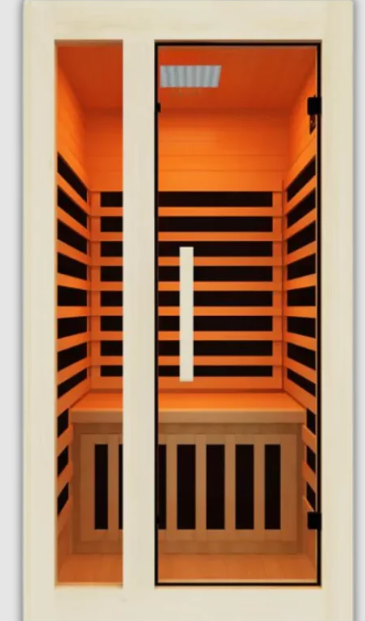Traditional saunas, with their deep-rooted history and numerous health benefits, continue to be a popular choice for relaxation and wellness. Originating from Finland, saunas have evolved over centuries, yet their core purpose remains the same: to provide a space for physical and mental rejuvenation. Here’s an in-depth look at the benefits, features, and considerations of traditional saunas.
1. Health Benefits of Traditional Saunas:
Detoxification: Traditional saunas use high temperatures, often ranging from 150°F to 195°F, to induce sweating. This sweating helps eliminate toxins from the body, promoting overall detoxification.
Improved Circulation: The intense heat causes blood vessels to dilate, improving blood flow and circulation. This can aid in muscle recovery, reduce inflammation, and enhance cardiovascular health.
Relaxation and Stress Relief: The warm, soothing environment of a sauna helps relax muscles and relieve tension. This promotes stress reduction and mental clarity, contributing to overall well-being.
Skin Health: Sweating in a sauna helps cleanse the skin by removing impurities and dead skin cells. This can improve skin tone, texture, and overall complexion.
Pain Relief: The heat from a Traditional Sauna can provide relief from muscle soreness, arthritis, and other chronic pain conditions. It helps relax muscles and joints, reducing discomfort.
Enhanced Immune Function: Regular sauna use can strengthen the immune system by increasing white blood cell production, which helps the body fight off infections.
2. Features of Traditional Saunas:
Heat Source: Traditional saunas are typically heated by electric or wood-burning stoves. These stoves heat rocks placed on top, which in turn heat the air inside the sauna.
Steam Production: Pouring water over the hot rocks creates steam, increasing the humidity and providing a more intense heat experience. This steam, known as "löyly" in Finnish, is a key feature of traditional saunas.
Construction Materials: High-quality traditional saunas are often made from durable, heat-resistant woods like cedar, hemlock, or spruce. These materials can withstand high temperatures and humidity levels.
Ventilation: Proper ventilation is essential to maintain air quality and temperature control inside the sauna. Traditional saunas are designed with vents to allow for air circulation.
Seating: Traditional saunas typically have tiered bench seating, allowing users to choose different heat intensities. The higher the bench, the hotter the temperature.
3. Considerations When Choosing a Traditional Sauna:
Space and Location: Determine the available space in your home or outdoor area for the sauna. Traditional saunas come in various sizes, from small personal units to larger models that can accommodate multiple users.
Heat Source: Decide whether you prefer an electric or wood-burning stove. Electric stoves are more convenient and easier to use, while wood-burning stoves offer a more authentic sauna experience.
Installation: Traditional saunas may require professional installation, especially if you choose a wood-burning stove. Ensure that you have the necessary electrical or ventilation setup.
Maintenance: Regular maintenance is required to keep the sauna clean and functional. This includes cleaning the benches, rocks, and floor, as well as checking the stove and ventilation system.
Budget: Traditional saunas can vary significantly in price. Determine your budget and look for a sauna that offers the best quality and features within that range.
Conclusion:
Traditional saunas offer a timeless retreat for those seeking relaxation, detoxification, and overall wellness. With their numerous health benefits and the ability to provide a unique and intense heat experience, they remain a popular choice for many. By considering the features and factors mentioned above, you can find the perfect traditional sauna that meets your needs and enhances your lifestyle, offering a sanctuary of warmth and rejuvenation right in your home.
For more info. Visit us:





Comments